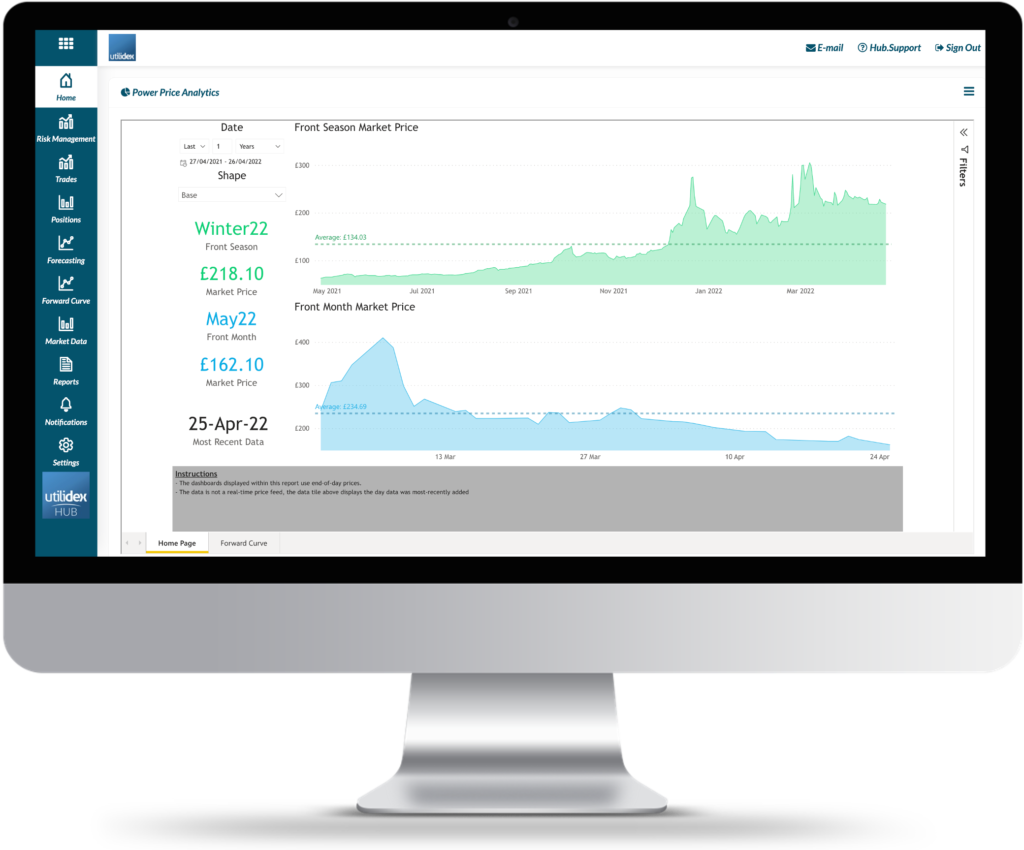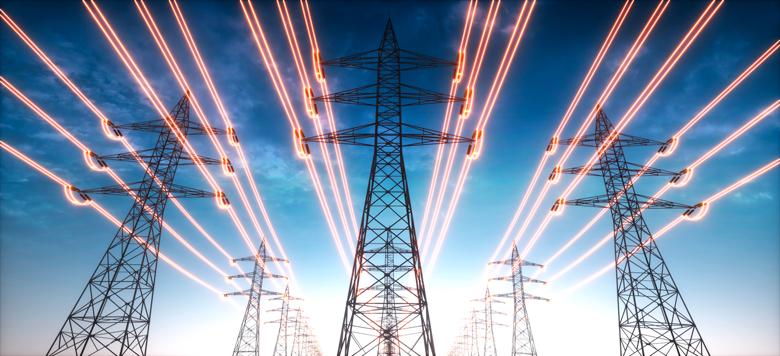To prepare ourselves for the bill shock business’s will be experiencing for the indefinite future, there are 3 specific areas which require careful consideration and budget planning to ensure the best possible outcome.
1. Energy rates
Based on commodity prices, energy rates traditionally lag behind the wholesale price movements, later catching up and impacting budgets as bills are normally paid after delivery. In flex procurement contracts, this time lag is known contractually however not wholly appreciated. Consequently, all budgets commencing April 2022 will need to be re-calculated unless fully fixed, and for this financial year and 2023-24 internal energy budgets expectations should be reset now based on forward curve prices. There is certainly time between now and next year for some contingency to be put in place and energy saving projects to be accelerated.
2. Energy cost socialisation
There is an increasing lack of clarity regarding cost socialisation. The distribution network companies have, we believe, socialised their costs and embedded them in the 2022-23 network charges but there will be rebates required owing to default in other third-party levies too. The one which is best known is renewable obligations with a track record of year-on-year mutualisation. At the end of 2021 there were 25 suppliers who left over £200 million of costs requiring mutualisation, and there will be question marks against Bulb and others who have subsequently failed too. In addition, schemes which have retrospectively required mutualisation include BSuoS with a £625 million mutualisation cost for the later months of 2021. The worst-case scenario might leave between £500 million to £1 billion in outstanding costs which may have to creep into customer bills in 2022-3.

3. The process of contract procurement
Typically, the contract procurement process offers an opportunity for customers to reduce their costs, however the benefit of this will be relatively minimal since margin on commodity is typically small. The energy retail industry barely runs above break-even so more so than ever brokerage costs and the real cost of transfer need to be carefully investigated. It is as this point where customers should consider their long-term approach. Perhaps the most interesting aspect is the potential suppliers’ propensity (or their respective partners) to invest in additional services for the end customer.
The supply of green energy, solar, EV solutions and batteries can significantly mitigate energy costs and carbon exposure at current prices. End customers should leverage what assets they have in the procurement process instead of negotiating the best price at an “as at date”. If there is investment money available to finance renewable energy directly, particularly behind the meter, this should be fully explored since returns have never been higher.
It has never been a more important time to look at ways in which basic energy consumption can be reduced, from solar array adoption to lowering the set points on the HVAC system. Having the right management tools in place will enable you to continuously monitor and review your energy consumption and savings opportunities across the entirety of your portfolio.
For further information about how The Utilidex Energy.Hub collects and automates all data necessary to perform accurate bill validation, manage your flex procurement strategy and perform energy and carbon management, please get in touch with Vanessa Adams at [email protected].



